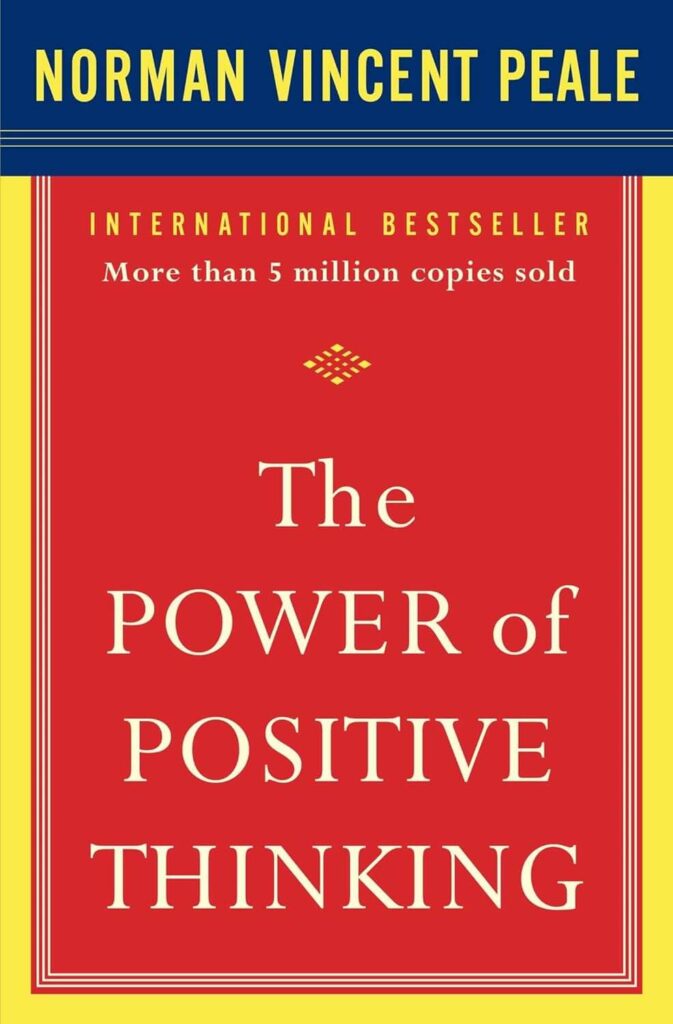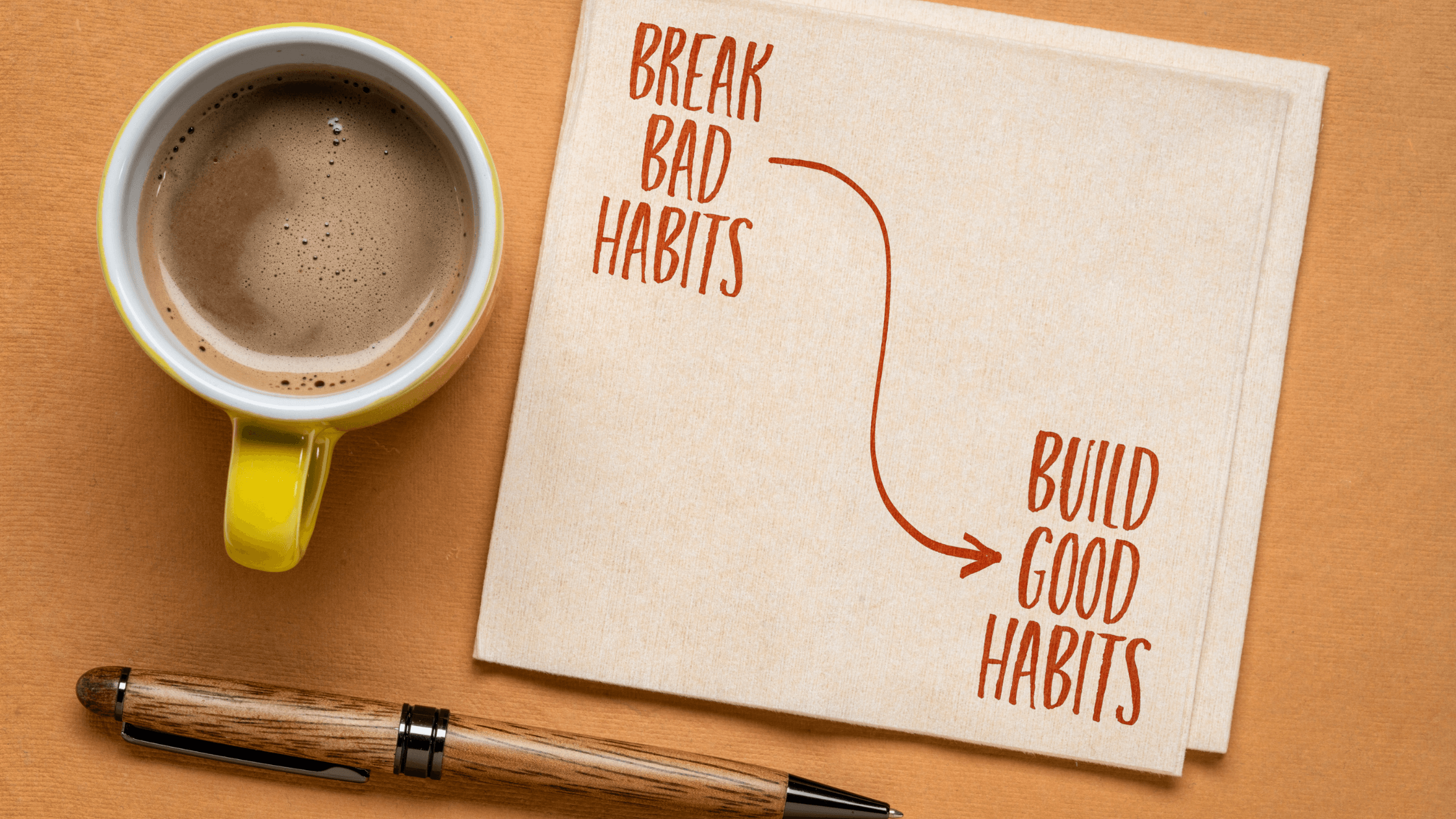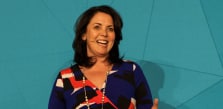What’s the one book you shouldn’t read if you want to build a successful and long-lasting business?

Now, before you start throwing your inspirational quote mugs at me, hear me out.
First of all, The Power of Positive Thinking is full of fluff and who has the time for that?
You need strategy and actionable steps to grow your business, and you won’t find that in this book.
Even worse, the author’s main point is that success is merely a matter of flipping the positivity switch in your brain. Have the right attitude and you’re golden. Have the wrong one and you’re doomed to fail.
It places the entire burden of success or failure squarely on your shoulders, completely ignoring the nuanced and often unfair realities of the world.
Uber Meltdown
Did you see the viral video of an Uber driver voicing legitimate concerns to Uber’s CEO, Travis Kalanick?
This video captured Fousey Camel confronting Kalanick about the drastic fare cuts that severely impacted the driver’s earnings. He expressed his frustration detailing how changes in Uber’s business model had made it increasingly difficult for drivers like him to make a living.
Now instead of acknowledging the legitimate concerns he raised, Kalanick responded with a dismissive attitude, essentially telling Camel to stop blaming others and take responsibility for his own problems.
This response not only lacked empathy but also highlighted a real disconnect between Uber’s corporate decisions and the real-world impact they had on the lives of their drivers.
It was victim-blaming, pure and simple. And that’s a direct product of the toxic positivity culture that’s pervasive in our world, especially in the world of Uber.
Positivity on Steroids
Now toxic positivity is like positivity on steroids.
It’s that push to always appear happy no matter what’s crashing down around you. It tells you to keep your chin up so high that you’re basically ignoring the real stuff that’s happening.
You might be thinking, Marisa, positive thinking isn’t really dangerous, right? No, not on its own. But it becomes dangerous when you think that positive thinking is the secret to success. This is like saying if you believe hard enough, you can fly.
Spoiler alert: No amount of positive thinking will give you wings. Because here’s the thing: life isn’t this neatly packaged self-help book. Success isn’t about just wanting it badly enough or thinking happy thoughts. It’s about action — real, gritty, consistent action on the right things.
It’s about acknowledging the hand that you’ve been dealt and finding ways to play it to your best ability. Recognizing that sometimes the game feels rigged.
Success is about learning, growing and adapting. It’s about making strategic moves, learning from failures, and yes, leveraging your mindset in a healthy way without falling into the trap of thinking it’s the only tool in the toolbox.
You can’t just think like an entrepreneur. You have to act like one. I just delivered an ‘act like an entrepreneur’ training to my Momentum students.
That’s my year-long business growth program and they loved it. I shared that an entrepreneur is someone who invests in the future each day and is willing to delay gratification. They prioritize taking the actions that will get them the results they want over the result itself. That means working the process, doing the math, being in the rinse and repeat. Things that don’t often show up in answers to the question, what does being an entrepreneur mean to you? Yet, these are things that define the entrepreneurial experience more than almost anything else. Because an entrepreneur is someone who quite literally creates the future.
So how can you start creating the future you want? How can you create the dream business you desire?
Embrace Realism
Start by embracing realism.
This is about striking a balance between optimism and the hard truths of your environment in the broader world. It’s understanding that while you can control your actions and your attitudes, you can’t always control the outcomes. This approach doesn’t mean giving up hope or surrendering to negativity. It’s about acknowledging the full spectrum of factors that impact your journey and working intelligently within those constraints.
Take Sarah Blakely, the founder of Spanx. Blakely didn’t start with a background in fashion or deep pockets, but she had a problem she wanted to solve, creating comfortable, effective shapewear for women. Now, understanding her limitations, lack of industry knowledge, connections, and capital, Blakely embraced realism. She researched and developed her prototype, she cold-called manufacturers, and she patented her idea using a textbook from Barnes and Noble, all while keeping her day job.
Her realism about her circumstances didn’t dampen her resolve, it shaped her path to eventual success.
Or consider the story of Airbnb’s founders, Brian Chesky and Joe Smith. In the mid-2000s, they were just two guys struggling to pay rent in San Francisco, a city notorious for its high living costs. They identified a systemic barrier, the lack of affordable lodging options for travelers. Now, instead of accepting defeat or waiting for circumstances to change, they turned their apartment into a makeshift bed and breakfast during a large industrial design conference when all hotels in the city were booked. This realistic acknowledgment of their financial struggles and the market gap led to the birth of Airbnb.
So, embracing realism means acknowledging your circumstances and the systemic barriers you may face and working with them, not against them.
It’s about finding that sweet spot between optimism and reality. It also means taking strategic action. Success comes from doing the right things, not just doing things right.
So, identify the actions that will move the needle for you and commit to them fully.
Cultivate Resilience & Take Strategic Action
Cultivating resilience is not about never feeling negative. It’s about how you respond to challenges. Resilience will carry you much further than blind positivity ever could.
Strategic action isn’t about ticking boxes or filling up your planner with tasks. It’s about doing those key things that actually move the needle in your business. It’s the difference between being busy and being effective.
Take Dropbox.
Drew Houston and Arash Fadowski didn’t just work on creating another storage solution. They zeroed in on a specific pain point.
How hard it was to share files, and focused all their efforts on making file sharing ridiculously easy and intuitive. The result? A platform that literally changed the way we store and share files.
Or consider Canva, led by Melanie Perkins. She saw that graphic design was being restricted by complex software and professional barriers. So, Canva focused on democratizing design, making it accessible and user-friendly. They didn’t just create another design tool, they focused on what would make the biggest difference for the most people. Simplicity and accessibility. Today, Canva is a design lifeline for millions.
So, what’s the key here? Start with identifying a real problem that needs solving. What’s the thorn in your side? Or better yet, on the side of your perfect people? Aka your ideal audience. That’s where you want to aim.
Once you’ve identified that pain point, channel all your energies there. Don’t scatter your efforts. Be the laser, not the sun.
You’ll also need to iterate and iterate like crazy. Strategic action means being willing to pivot. Have you found a better way? Encountered an unexpected hurdle? Don’t play the ‘woe is me’ or’ I should have done this’ game. Adjust and move forward.
Then, once you know what actions will drive your mission, commit to them fully. This is not the time for ‘I’ll try’. This is the time for ‘I will’. Strategic Action is about choosing your battles wisely and going all in. So, ask yourself what moves will really move the needle for you. Identify them, commit to them, and then watch the magic happen.
Embrace Resilience OVER Positivity
To build your dream business, you also need to embrace resilience over positivity. Resilience is the gritty, less glamorous cousin of positivity that doesn’t get nearly enough credit. Positivity is great and all, but when the going gets tough, it’s resilience that’s going to be your best friend.
Take Howard Schultz and Starbucks. Schultz was turned down by banks 242 times before he finally secured the funding to buy Starbucks, which was then just a small chain of coffee shops. Fast-forward through a global expansion, and you’ve got a brand that’s become synonymous with coffee itself.
But here’s the kicker. It wasn’t all smooth sailing. The 2008 financial crisis hit Starbucks hard and Schultz returned as CEO to make some tough decisions, including closing hundreds of stores and retraining thousands of baristas.
So rather than blindly hoping for the best, Schultz faced the harsh realities. He made strategic changes and steered the company back to growth. That’s resilience.
I had planned my big annual Live Your Message Live event for March 2020. And you probably know what happened in March 2020.
So, the news reports started to come in that week as I was gearing up for the event. Then, all of a sudden, the day before the event started, the governor of California declared a state of emergency. Overnight, my audience dispersed. I had no idea how many people were going to be in that room. I planned for this event all year. I worked so hard to drive the ticket sales.
And I remember that morning the event started being back there getting my hair and makeup done, getting dressed, and not having any idea what I was going to walk on the stage to.
When I walked on stage and I looked out at the audience, about half the seats were empty, but when I walked on that stage, the audience gave me a standing ovation for at least a full minute before I said a word because they were so grateful that I was there; they were so grateful that I was showing up; they were so grateful for what they were about to learn and I poured my heart and soul into those three days.
I spoke as if I had a full room of 700 people because that’s how many tickets I sold, so even though I only had 300 people there in the room, I pretended like I had a room of 700 people, and they so appreciated me for it.
And guess what? It still turned out to be a multi-million dollar event.
I have to say it took everything that I had to go up there and not know what to expect; not know how many people were in the room; not know what was happening in the world around me; not know how COVID was going to impact my business, how COVID was going to impact every single person in the room.
That was just the beginning of the resilience I faced because I had to pivot all of the live events I had planned for that year to virtual events almost overnight, but we did it.
Our business doubled during the Pandemic, and we’ve sustained that growth to this day. So, to me, resilience means not knowing what to expect, being uncertain about the future, being knocked down by unexpected blows, but getting back up and doing my best in the situation.
So how do you build this resilience?
Building resilience isn’t about avoiding negativity or failure. It’s about how you bounce back. And first you need to face reality because resilience means looking challenges dead in the eye, not glossing over them. Acknowledge the situation without sugarcoating. And then you need to learn and adapt. Every setback is the setup for a comeback. What went wrong? And how can you improve? Resilient people take these lessons to heart and adapt their strategies.
Next, you need a support system. Resilience doesn’t mean going it alone. It’s about knowing when to lean on others.
Finally, take care of yourself. You can’t be resilient if you’re burnt out. Exercise, meditate, take a break and make sure you’re recharging your batteries.
Resilience will carry you through the darkest times and make you stronger on the other side. It’s not about never falling. It’s about how many times you’re willing to get back up. So next time you’re facing a challenge, keep pushing, keep adapting and let resilience lead the way.
Remember, positive thinking can be a part of your success story, but it’s not the protagonist. Action, resilience and a healthy dose of realism are your real allies. It’s time to retire the belief that the power of positive thinking will lead to success.
Who’s with me? If you are, drop me a comment below with your biggest takeaway!
Turn Your Business Dreams Into a Reality
If you want support in turning your business dreams into reality, check out my year-long business growth program, Momentum.
Usually, when it comes to the support that you need to take your business to the next level, you’re forced to choose between private coaching, a small group mastermind or live events and workshops.
And while each one of these things is truly awesome, they’re not enough to guarantee the business results you’re after.
Because with private coaching, you’re missing the perspective that comes from community.
With small group masterminds, you’re lacking the depth and accountability of really having that private coach.
With live events and workshops, you get pumped up, but then the excitement fades, and you fall back into procrastination and overwhelm.
And that’s why I’ve created one cohesive program for you.
I like to call it a best of ALL worlds program.
So you get private coaching, you get a small group mastermind and you get live trainings and quarterly events.
Yep.
All three in one value-packed program!
So if you’re excited to learn more about how me and my team can support you in realizing your biggest business goals this year, schedule your no-pressure call with a Program Specialist.
Before you go…
Get Instant Access to my FREE Dopamine Button Guide!
Inside, you’ll discover 3 little-known brain hacks that skyrocket your course engagement & sales…
Here’s the thing: the “old way” of designing and launching courses just isn’t cutting it anymore.
If you want to attract students who buy and keep buying (not to mention send referrals your way!)…
You need to do things differently.
Enter the Dopamine Button — the super-secret button in your students’ brains that you can leverage to create incredible results for them AND repeat sales for you.



























Leave a Comment